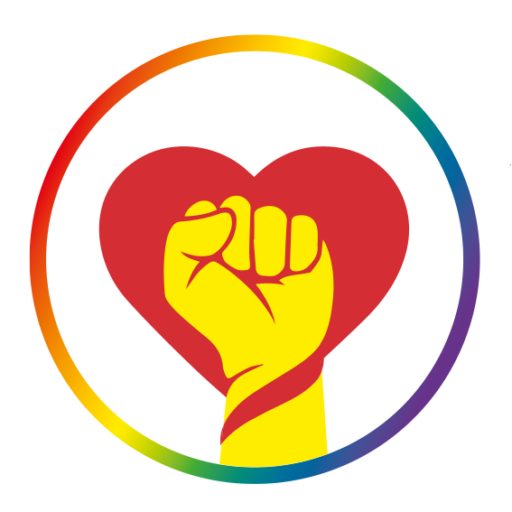Framing with tone
Confronting people with facts that dispute their positions or with highly charged rhetoric to frighten or shame people into changing their minds is an often used and rarely successful tactic of advocacy communications. If the tone of the communication is argumentative, it is even more likely to reinforce the partisan or ideological beliefs that the listener holds.
When people feel attacked, they tend to retract and defend their existing worldview. An overtly political or ideological (“strident”) tone reminds people of their own hardened positions or political identities. It also reduces the credibility of the message, since it violates the requirement of having a disinterested messenger. Strongly worded tones may energize the base but they won’t move others.
Watch this inspiring TED talk on Emotional Correctness by Sally Kohn:
Advice from MAP:
DON’T use highly charged language. Research shows that using terms like “bigotry,” “prejudice” and “hatred” to describe anti-LGBT attitudes is viewed by many Americans as shrill, confrontational name-calling. Attacking anti-LGBTI activists doesn’t give Americans a reason to support equality for LGBTI people; rather, it can make them want to back away from the person or group doing the name- calling. Instead, use language that is measured and relatable to create empathy and a sense of how opponents’ attitudes and actions hurt LGBTI people.
Before moving on, let’s see if you can identify some very characteristic campaign tones
